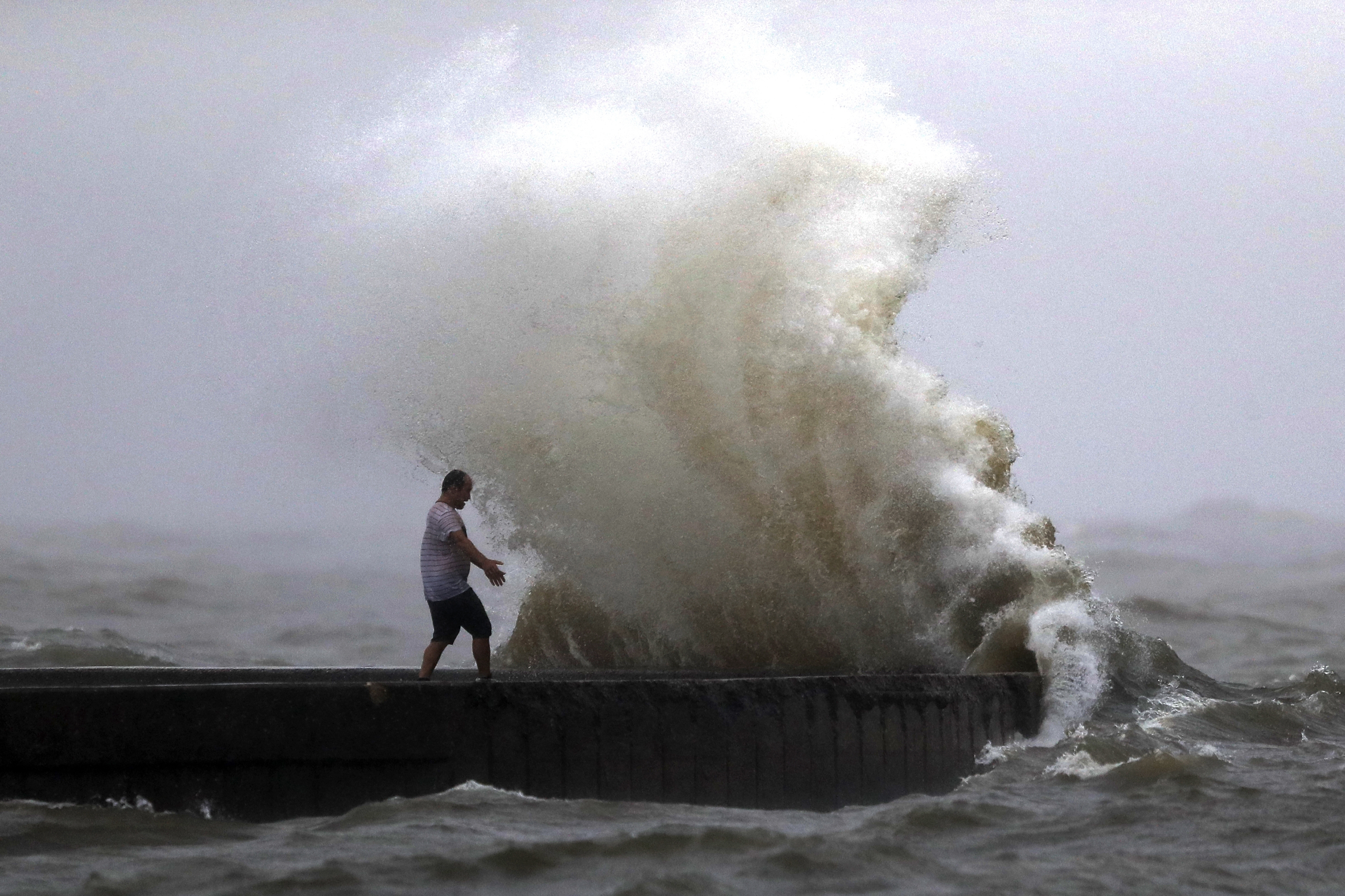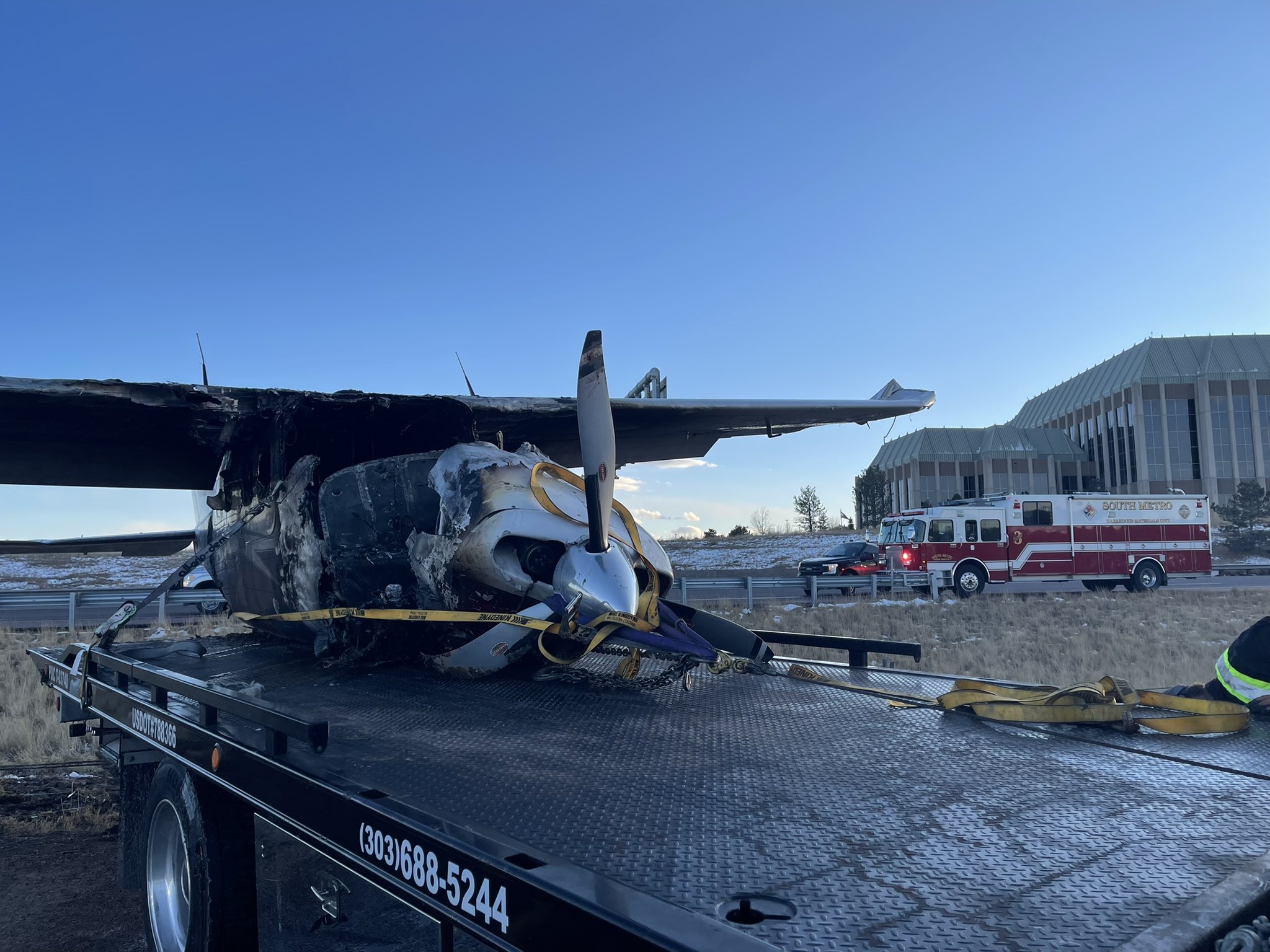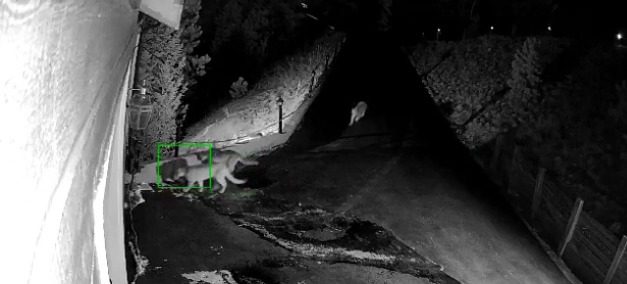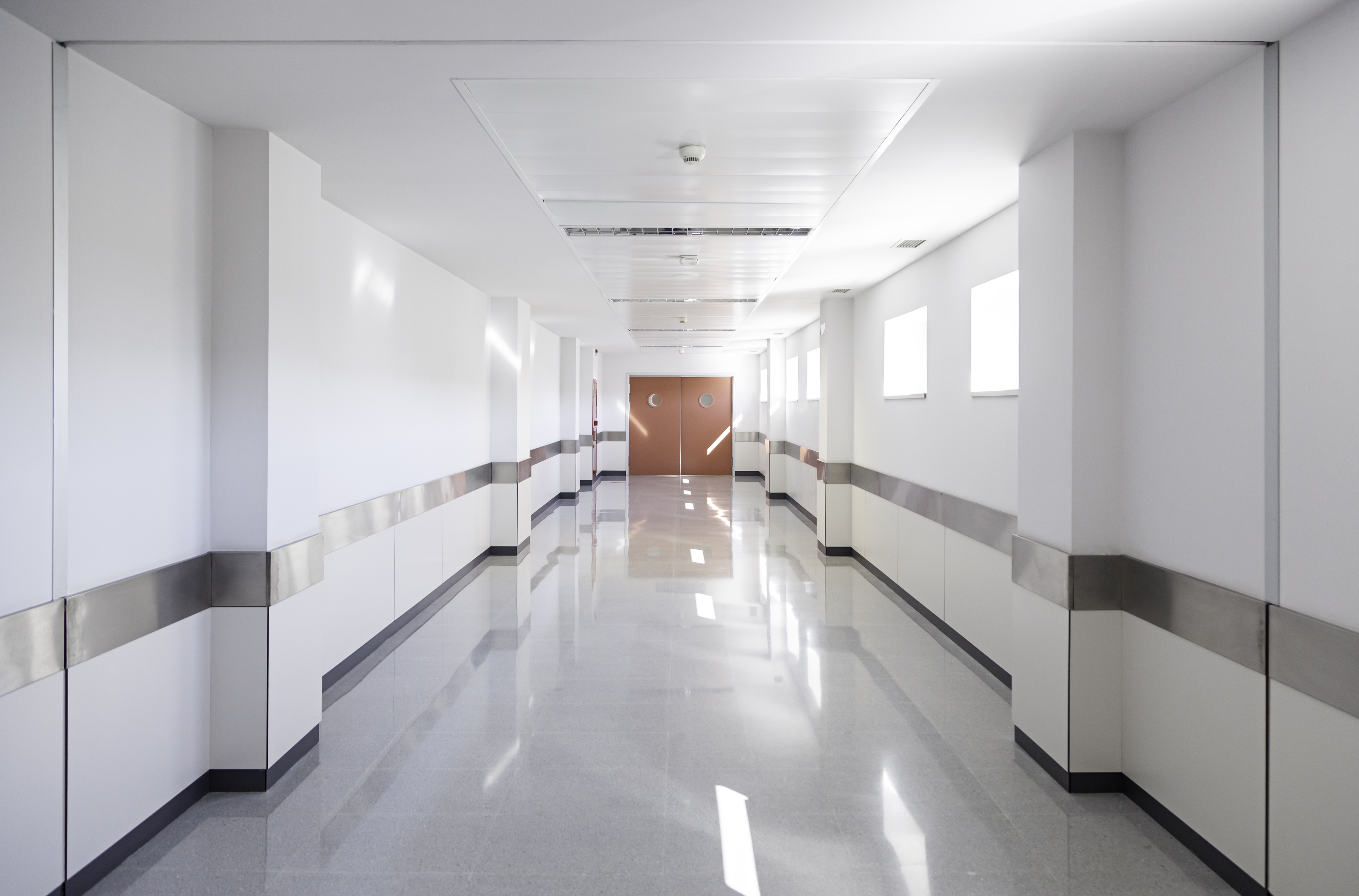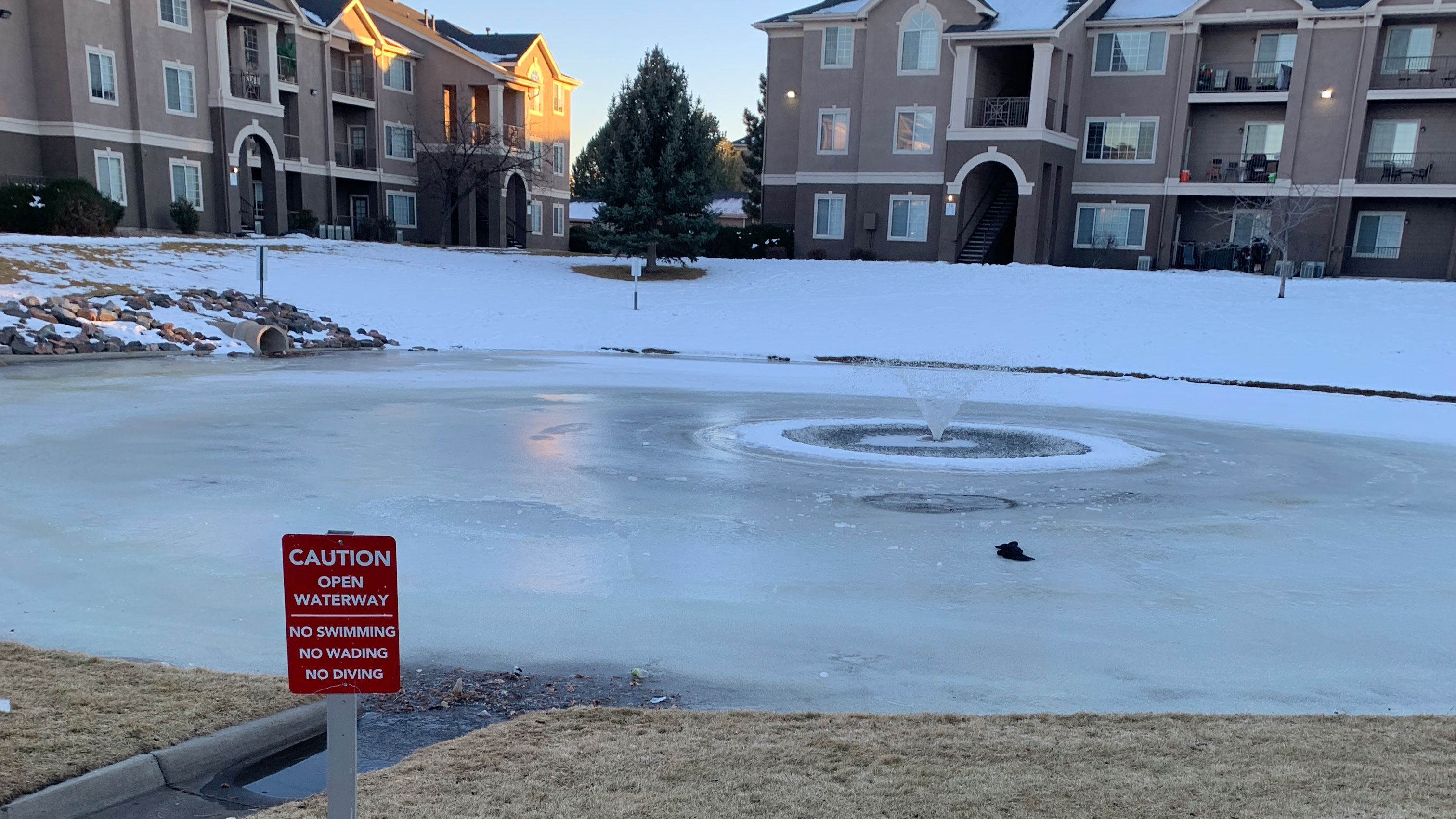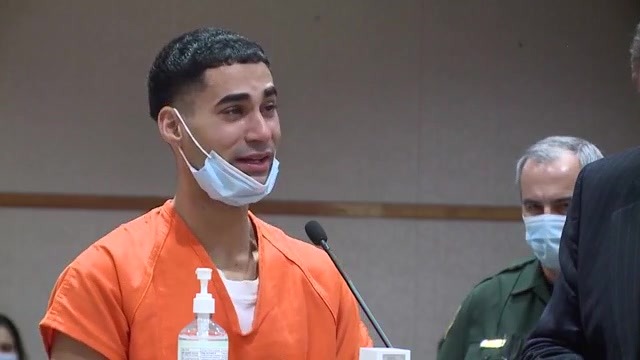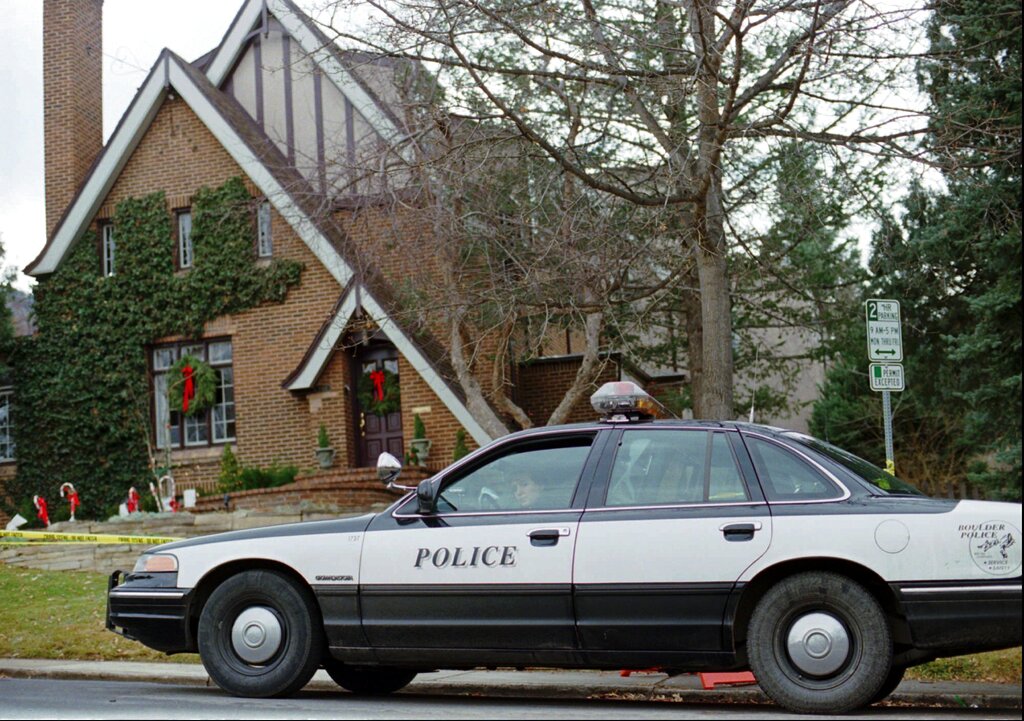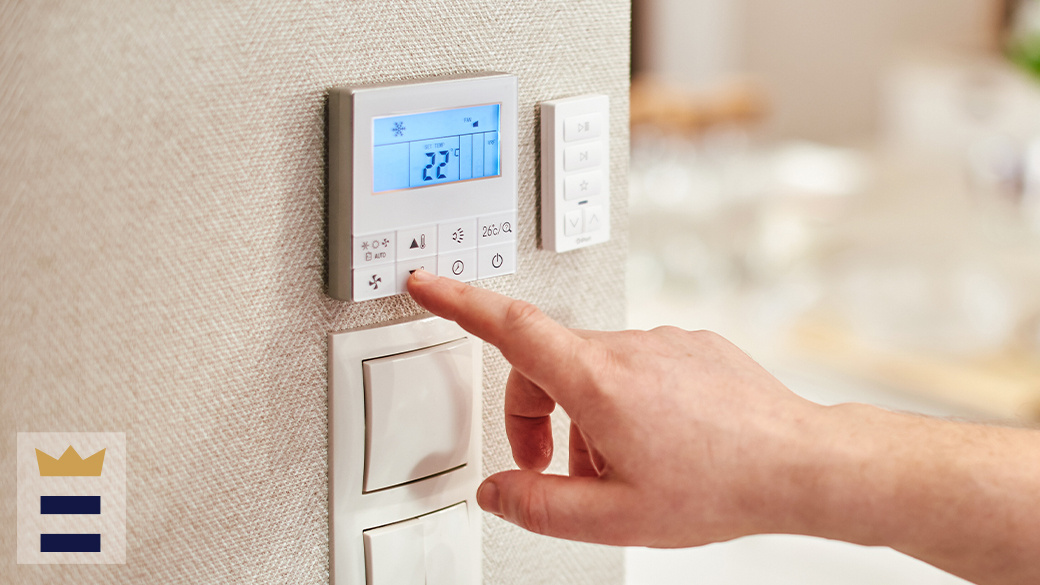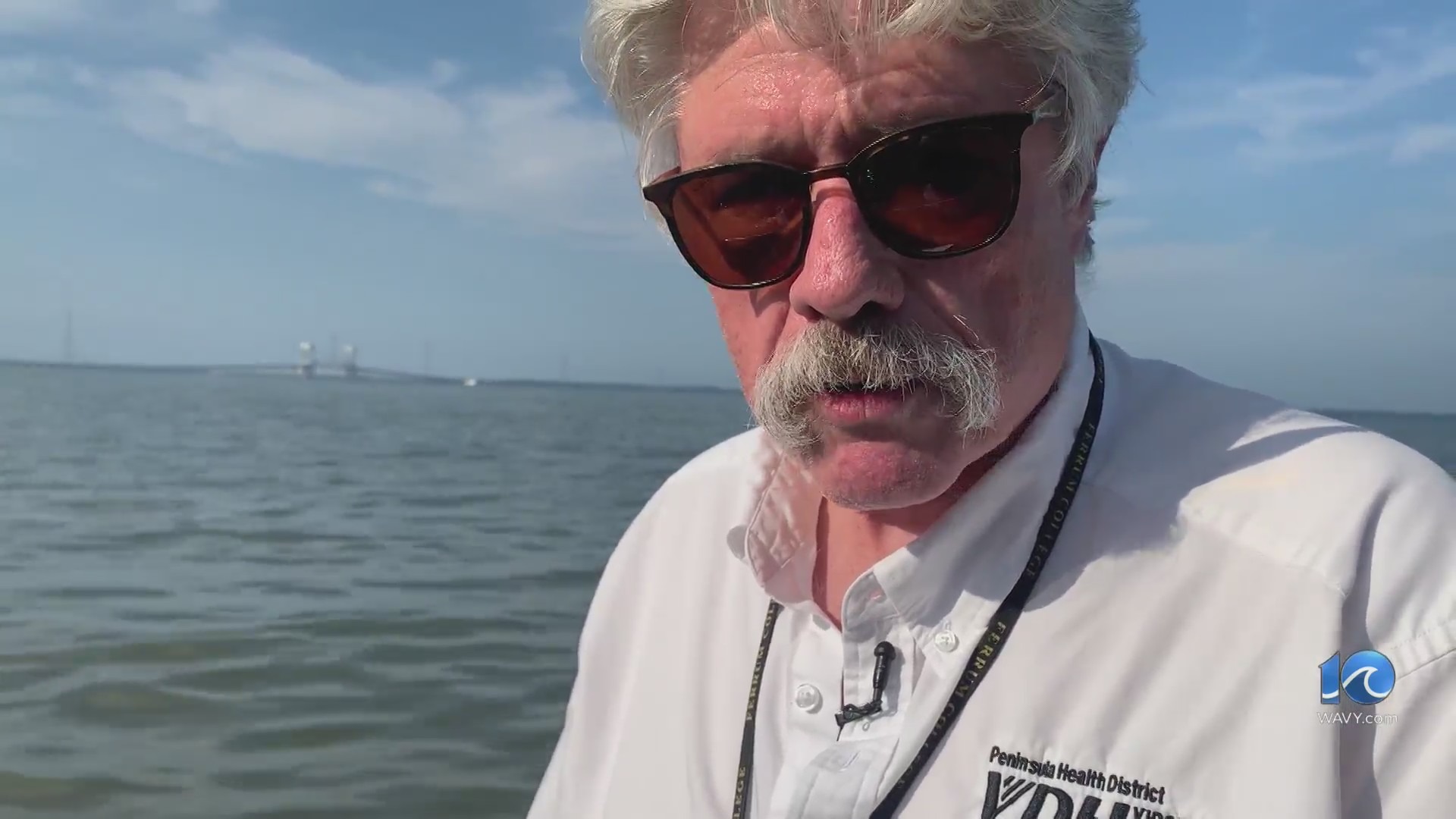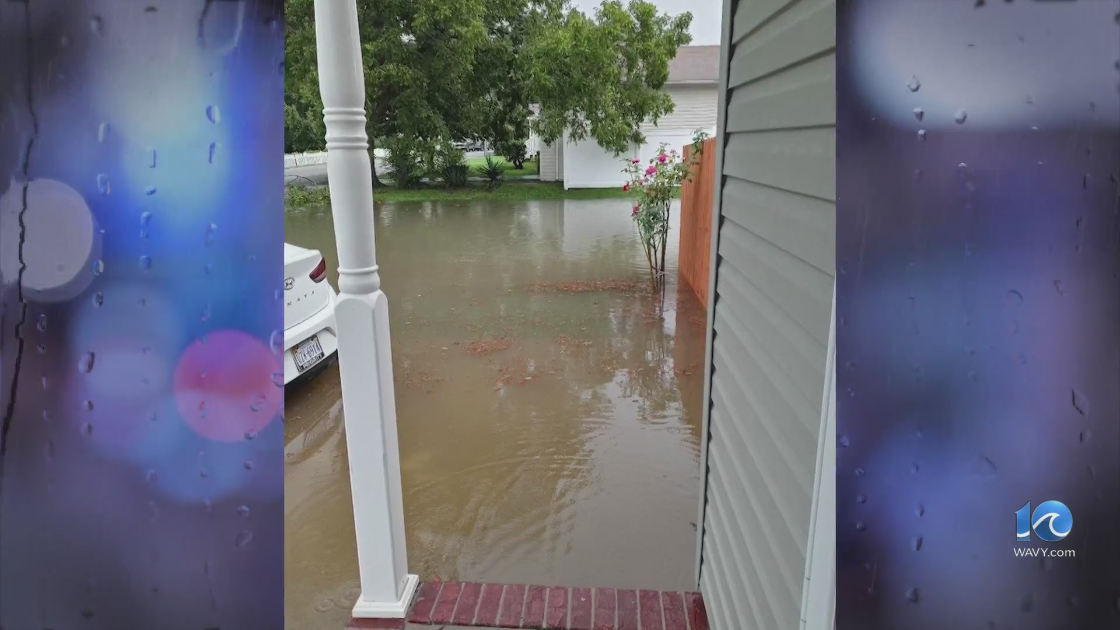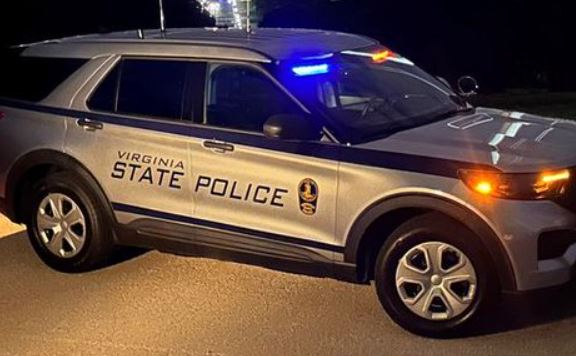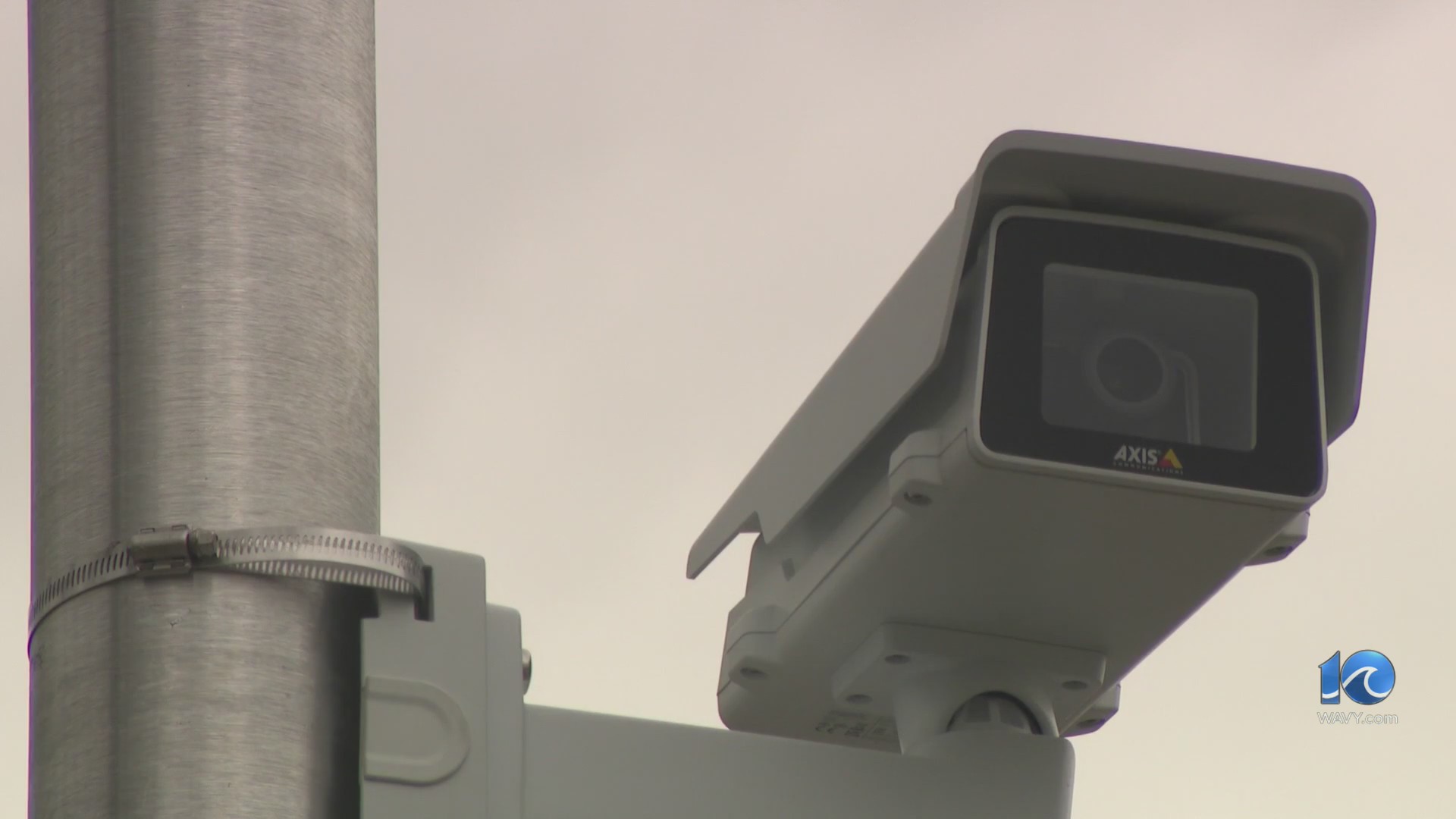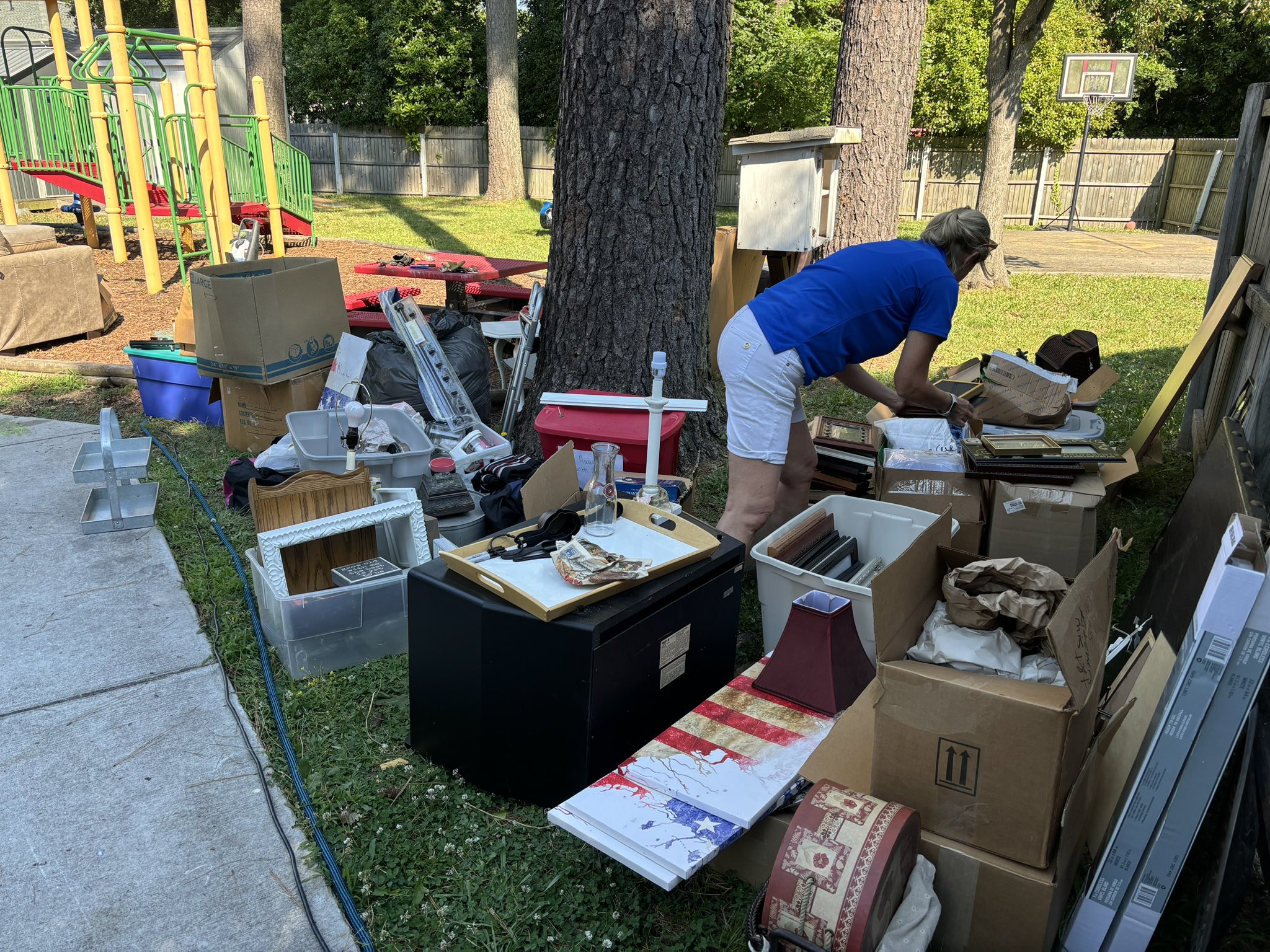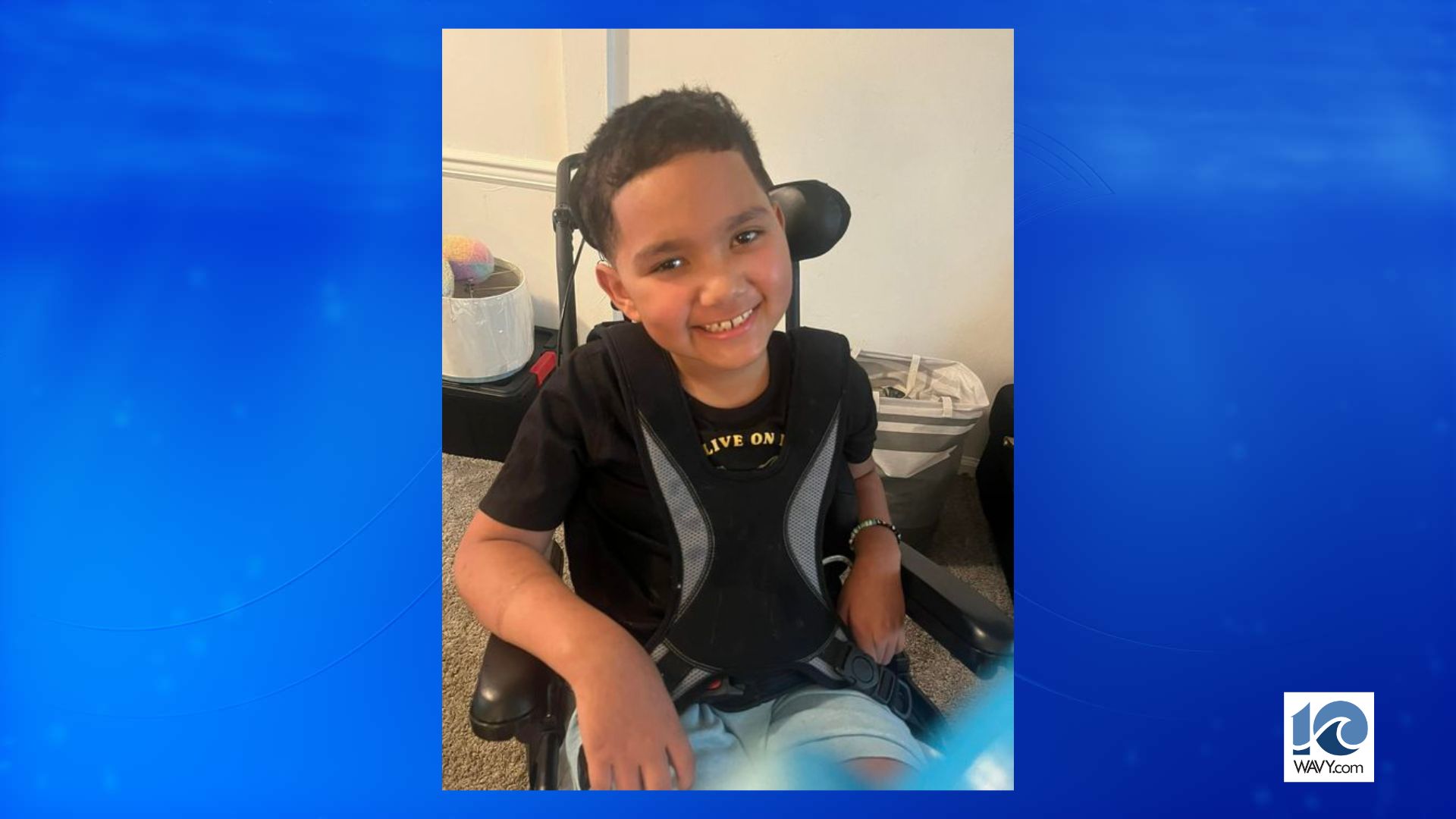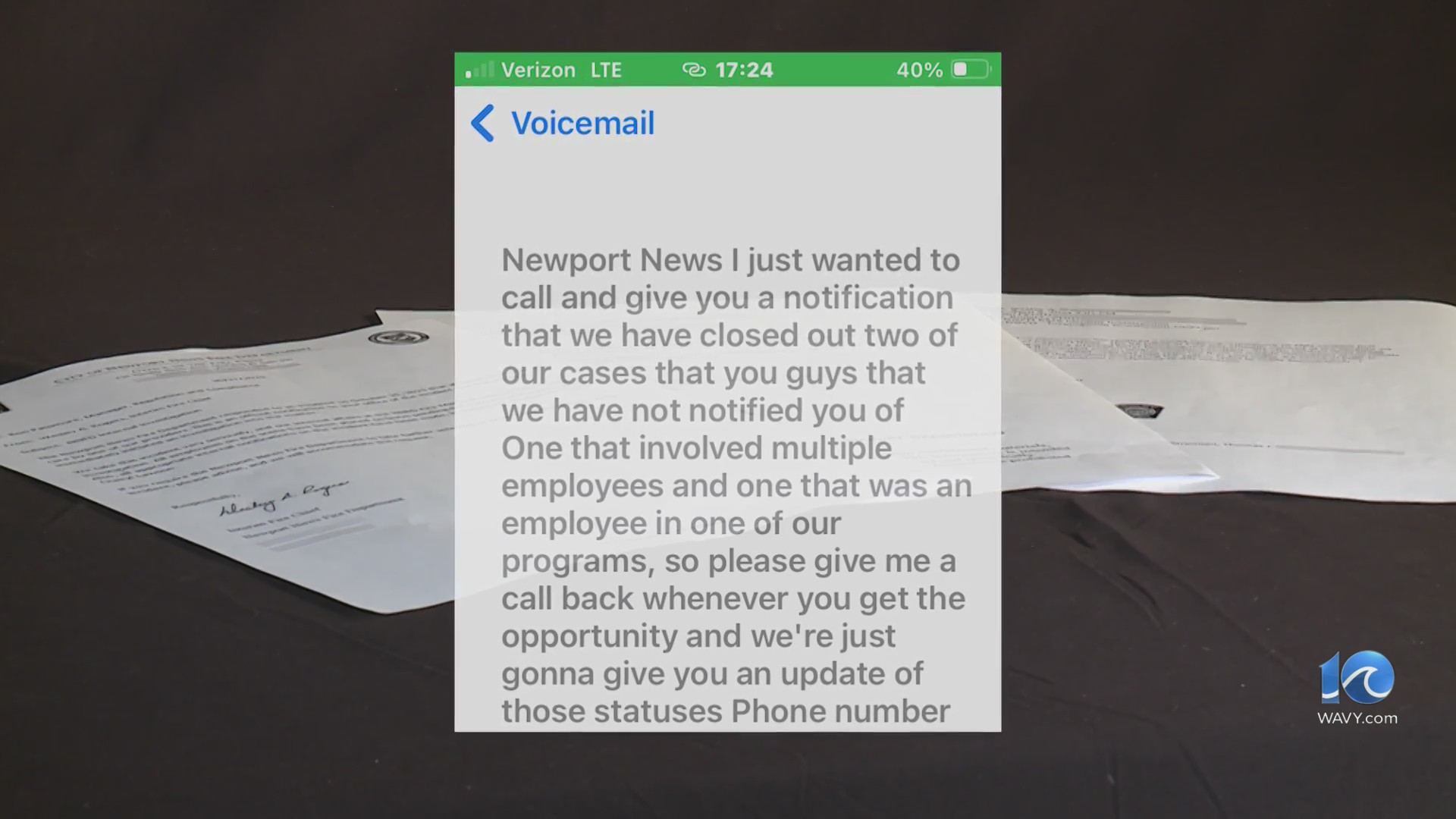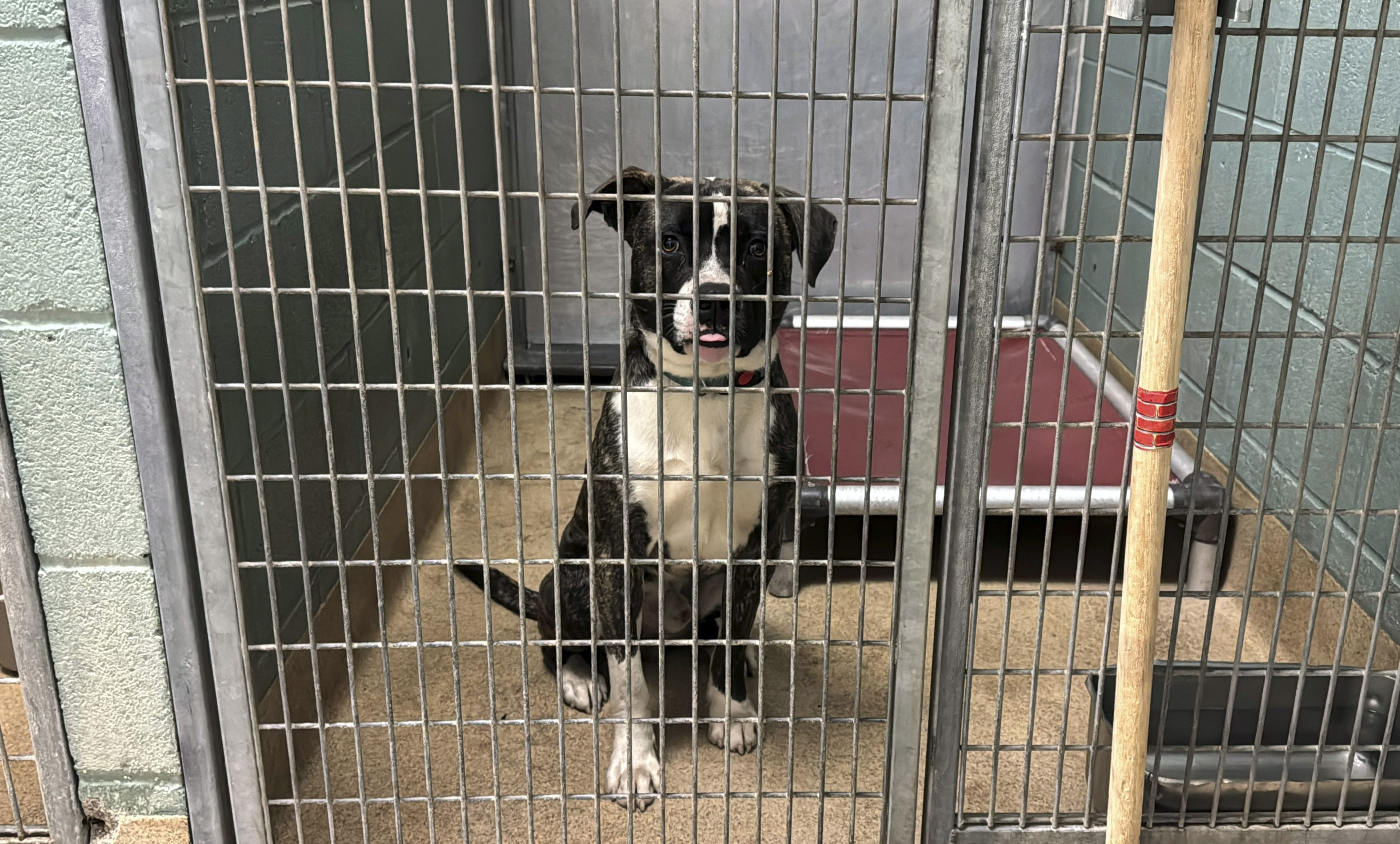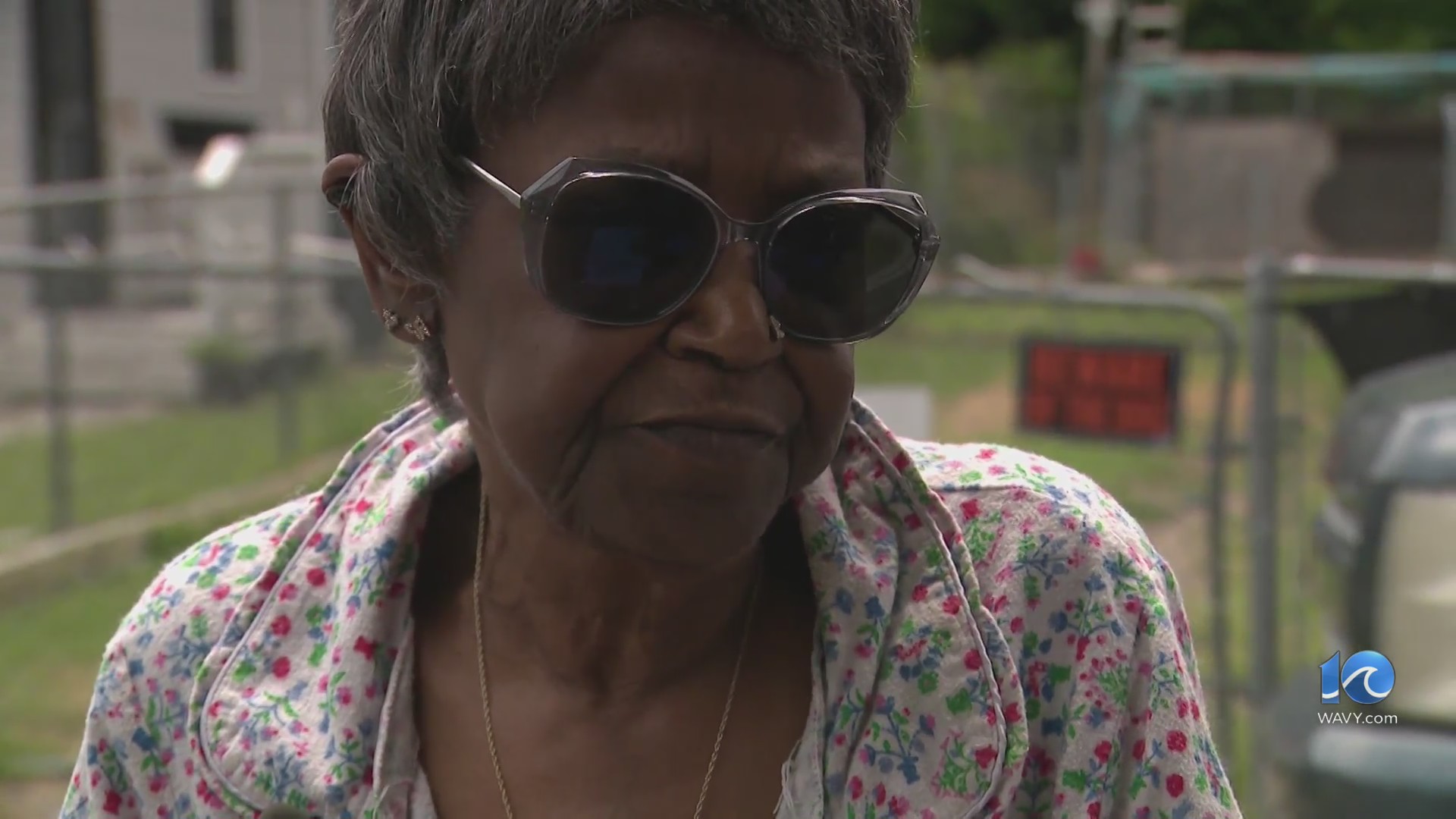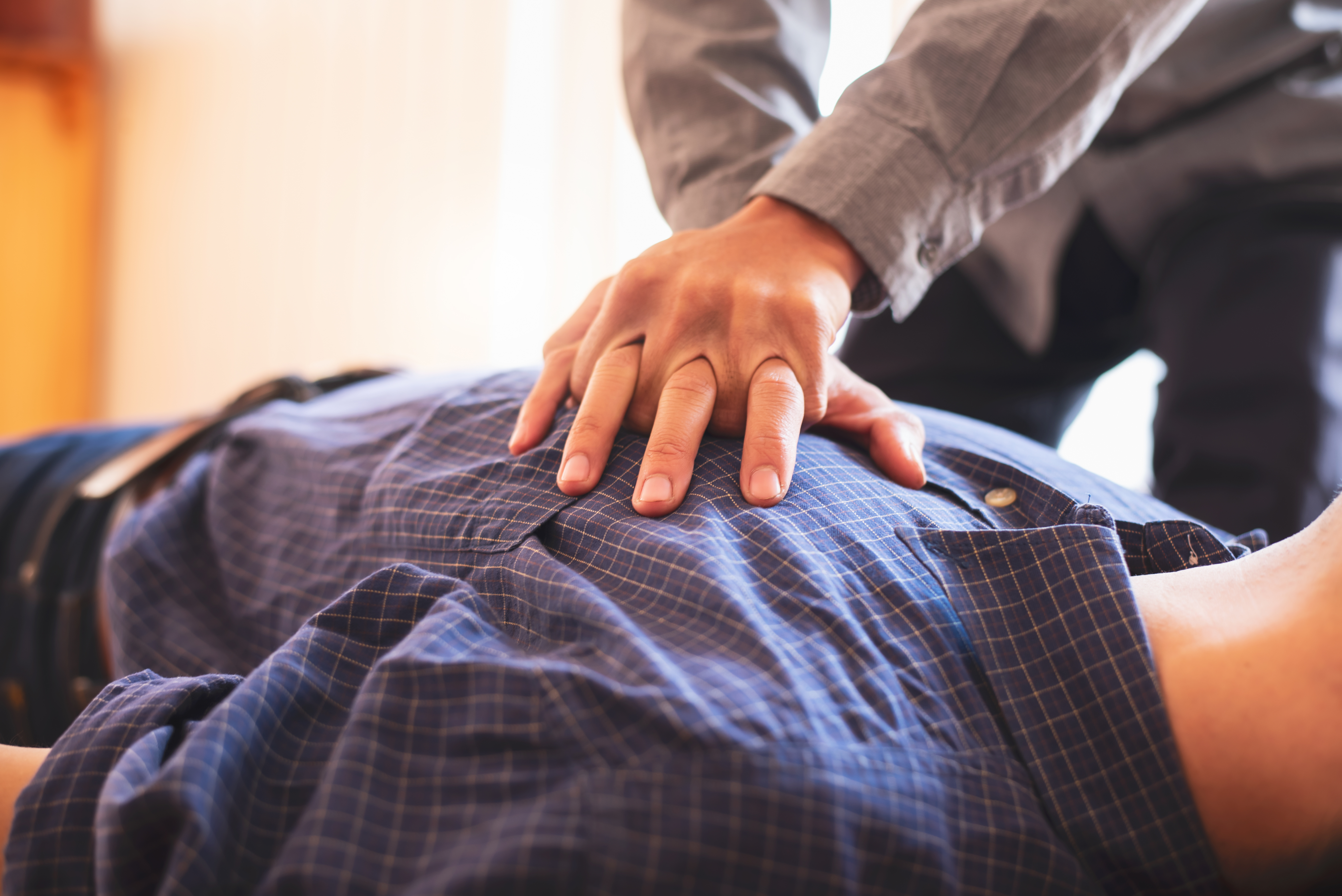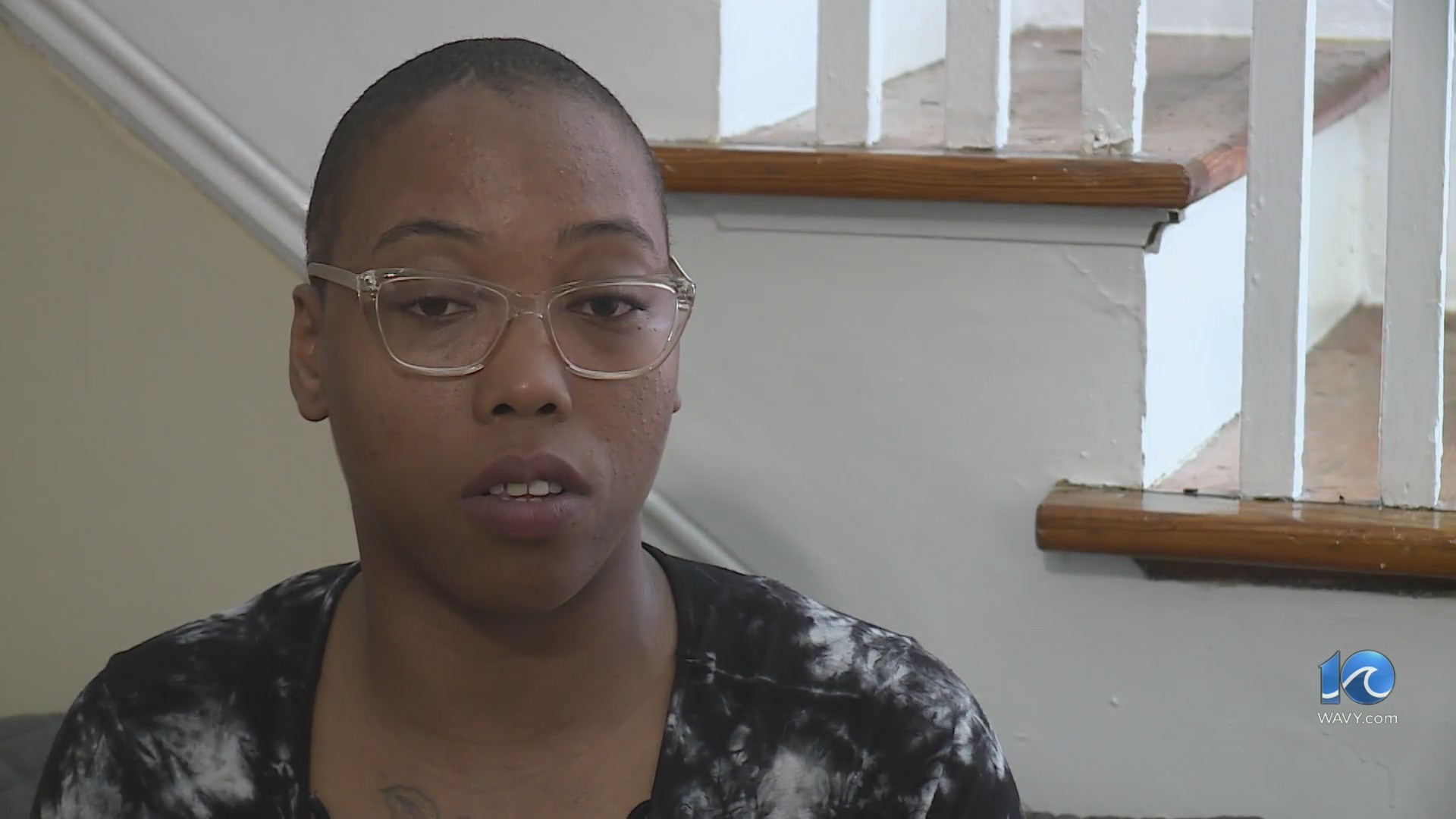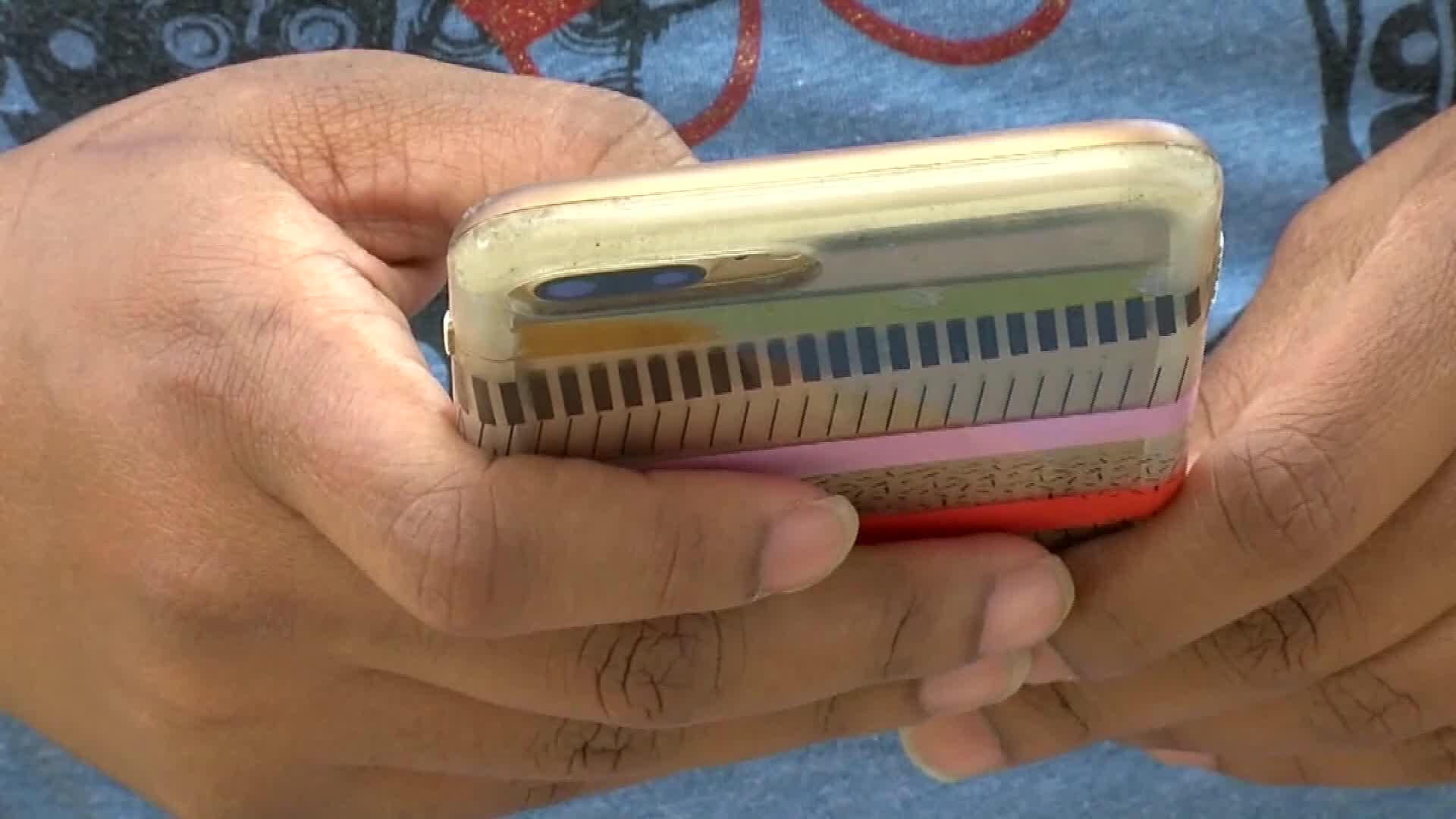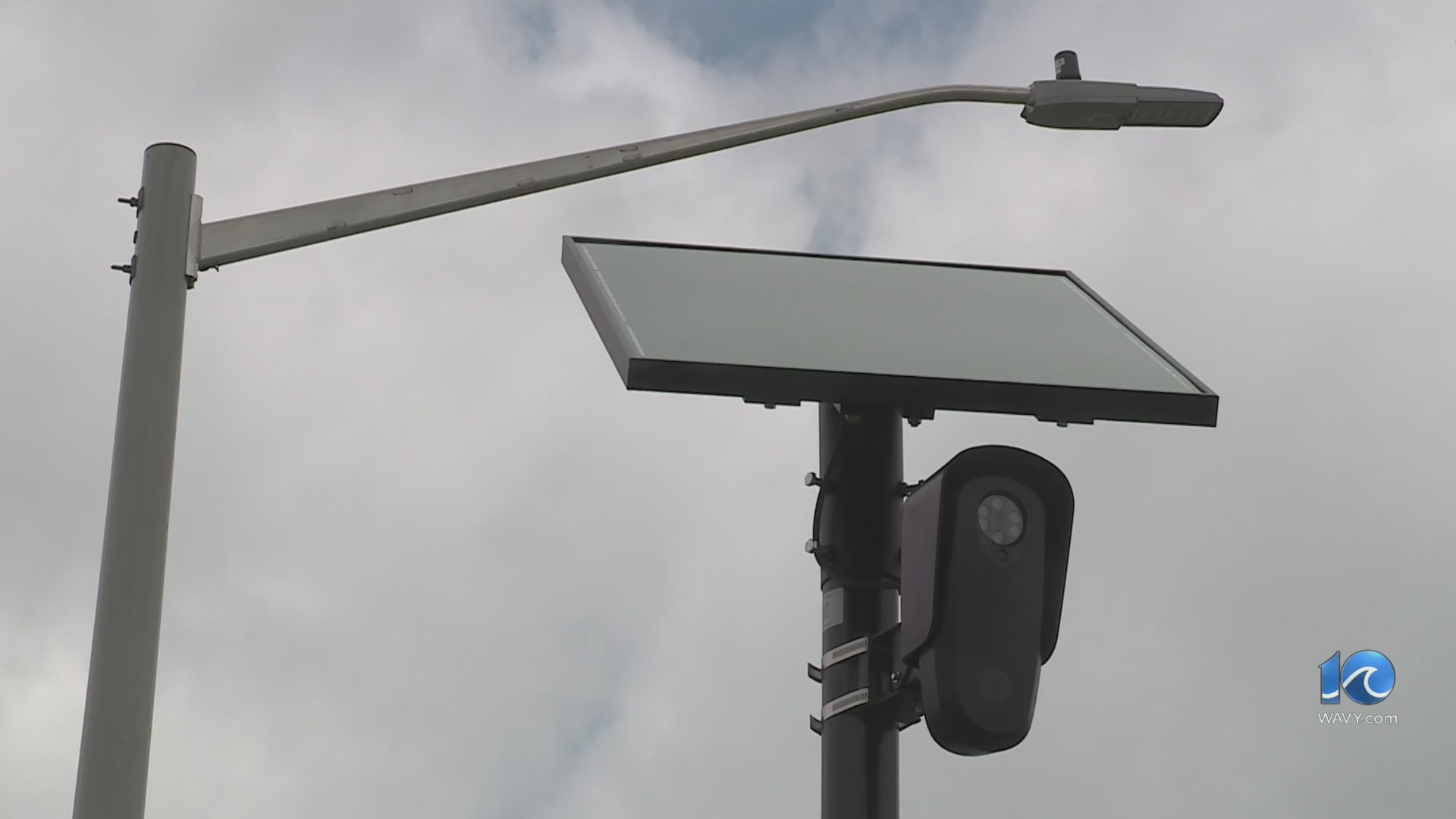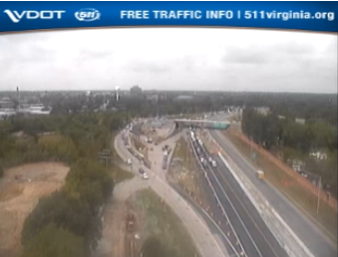VIRGINIA BEACH, Va. (WAVY) — The Virginia Beach Police Department says all of its sworn personnel now have body cameras.
The Virginia Beach Police Department released an update on its body cameras in a YouTube video Thursday, as well as a second video demonstrating how the cameras are activated.
The video recapped much of what the department released in an informational video at the end of April, including a change in policy for when officers activate their body cameras, efforts to deploy technology to start body cameras when an officer pulls their weapon from its holster, and more.
However, the video did come with some news of a department milestone.
As of last week — the first week in June — the Virginia Beach Police Department is 100% “allotted” with body cameras. All sworn personnel, from patrol officers up to the chief of police, have Axon body cameras, according to Capt. William Zelms.
Zelms said most body cameras are Axon Body 2 cameras, but the department will be transitioning to Axon Body 3 over the “next few months.”
VBPD was the last police department in Hampton Roads to outfit its officers with body-worn cameras. The first phase of the program was rolled out in July 2018 and only a small fraction of officers were outfitted with body-worn cameras.
Activating bodycams
Now that all body cameras have been deployed on the force, all personnel will be held to certain expectations about when they activate their cameras.
In late April when the first body camera informational video was released, officials announced that the VBPD’s body camera policy had changed and now requires officers to turn on their body cameras once they mark “en route” to a call for service. They must also make sure it’s activated if they anticipate needing to take any “law enforcement action.”
That differs from the previous policy, which dictated that officers must activate their body cameras as soon as they arrive on scene and as soon as it was “safe and practical to do so.”
Most body cameras do not automatically activate. It’s a point of contention following the March 26 death of Donovon Lynch, a 25-year-old who was shot and killed by an officer at the Oceanfront. There is no body camera footage from the shooting.
The department reinforced that change in policy in the Thursday video update.
“It’s been made much clearer for what they’re supposed to activate for. And actually, it’s the exception, not the rule, for when they don’t,” Zelms said.
The only time the body cameras will be turned off is when officers are at the jail, at a precinct or on a personal break. Zelms also gave an example of another situation in which a body camera may not be turned on due to the sensitive nature of the topic, which is when they’re talking to a traumatized victim who may have privacy concerns.
Detectives and administrative personnel do not have the same expectations as patrol officers for wearing body cameras as they are often behind a desk, Zelms said. An administrative employee who is tasked with a uniformed assignment would be required to wear and activate the camera the same as other patrol officers.
A detective also may not always wear a body camera, Zelms said. For example, if a detective is at a homicide scene, they wouldn’t want to “inhibit the communication flow between any witnesses, any suspects … or any family members that may be present” by having a body camera present,” Zelms said.
The body cameras, once activated, will also include video — but not audio — from the two minutes leading up to the activation, Zelms said. Once activated, audio recording will begin.
Signal Sidearm technology
Now that the force has body cameras fully deployed, the department is working to make sure all holsters have Signal Sidearm technology to ensure body cameras record critical moments.
Zelms said the department tried to start using Signal Sidearm technology about a month ago. If installed properly, the technology will immediately activate an officer’s body camera once they draw their weapon from its holster. It will also send out a signal to activate other nearby body cameras within a 30 to 50-foot radius.
In late April, the department released another video about body camera rollout and policy changes. During that, police outlined issues they were having with adapting the technology to fit with their existing holsters. The holsters that would properly fit the technology were back-ordered.
The company that makes the technology recognized there was an issue and agreed to manufacture new holsters and technology that will properly fit. That will be ready in time for the department’s next training cycle.
The demonstration video released Thursday showed how the signal technology works with both tasers and equipped holsters.
The department also revealed in the video Thursday that they are working to deploy in-car cameras.
Those will be installed over the next several months. All cars will have cameras by the end of the year, police said.
Download the WAVY News App to keep up with the latest news, weather and sports from WAVY-TV 10. Available in both the Apple and Google Play stores.
